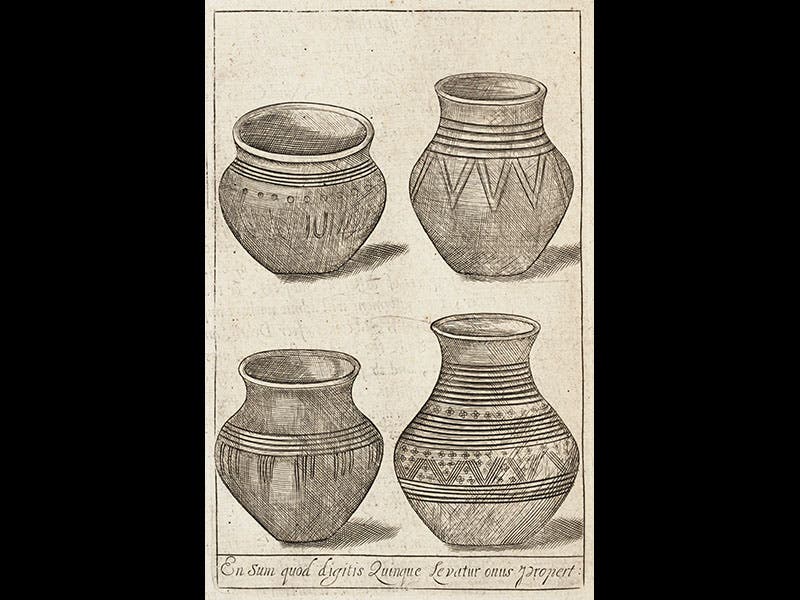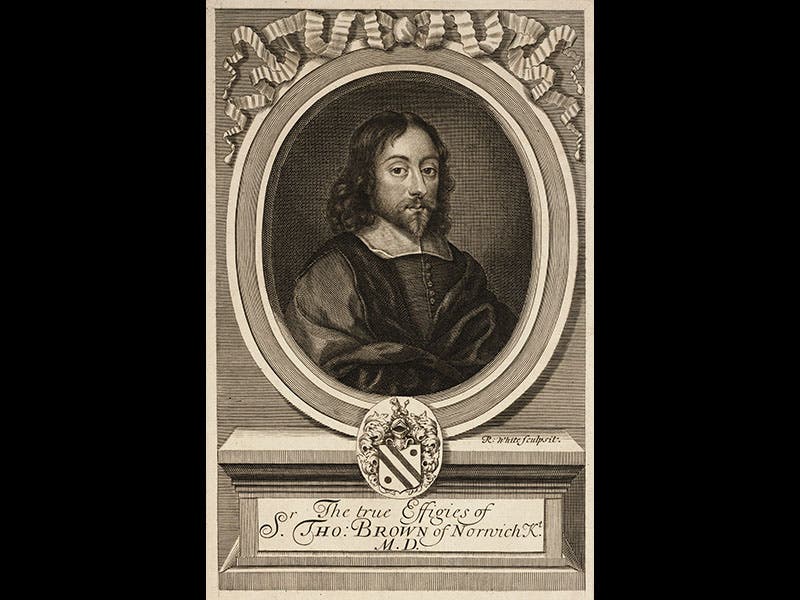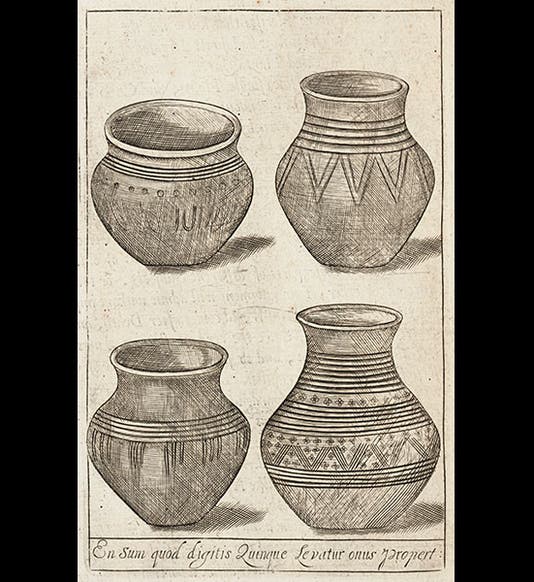Scientist of the Day - Thomas Browne




Thomas Browne, an English physician and writer, was born Oct. 19, 1605. Browne was one of the truly great stylists of the British Baroque period, best known perhaps for his Religio medici, a soulful introspective look at religion and mortality. But Browne was also an astute observer of nature, and his Pseudodoxia epidemica (1646) is a truly remarkable work in which Browne assembled all the stories about animals, plants, minerals, the weather, that one could find in the typical work of natural history, and proceeded to test them to see if they are true. Will a kingfisher hung by its bill really point north, as everyone says? Browne hung one up, and found that it points any which way. Does a chameleon live on air? Browne observed one, and discovered that it eats flies (third image). For 2000 years, naturalists had collected such stories and delighted in them, and now someone wanted to know which ones, if any, are true. It is a remarkable moment in natural history, and the discipline was drastically altered because of it. We have a first edition of Browne's Pseudodoxia in the History of Science Collection.
Browne was also a pioneer in archaeology, publishing a piece called Hydriotaphia, Urne-Burial (1658), which is at once an examination of some Saxon ossuary jars that had been unearthed in Norfolk, and a rumination on death and the human desire to erect monuments that have no chance against the erosion of time, "which maketh pyramids pillars of snow, and all that's past, a moment." The urns were figured in the frontispiece to his work, which is one of the first pictures we have of specific, identifiable antiquities (first image). The image here is taken from his collected Works (1686), which we also have in the collection. The engraved portrait forms the frontispiece of the Works (fourth image). There is a bronze statue of Browne in a square in Norwich, where he sits and contemplates a broken urn and either the shadow of death or the prospect of eternity (fifth image).
Dr. William B. Ashworth, Jr., Consultant for the History of Science, Linda Hall Library and Associate Professor, Department of History, University of Missouri-Kansas City. Comments or corrections are welcome; please direct to ashworthw@umkc.edu.







